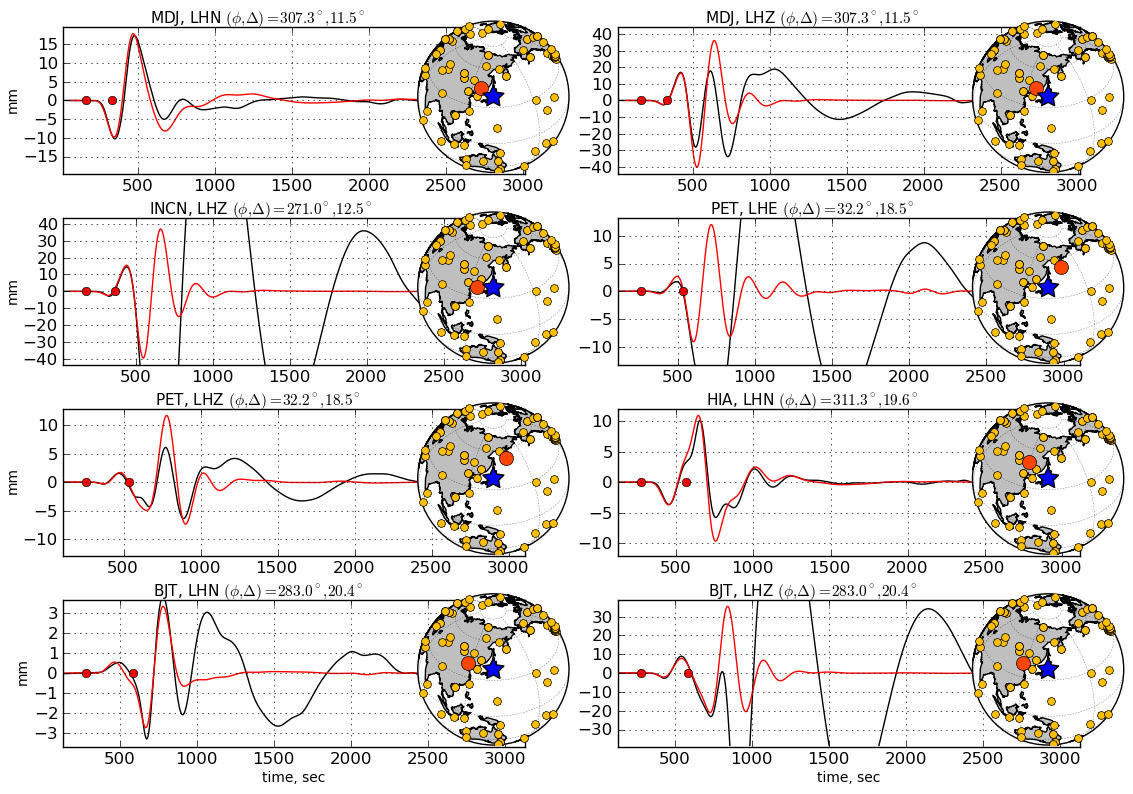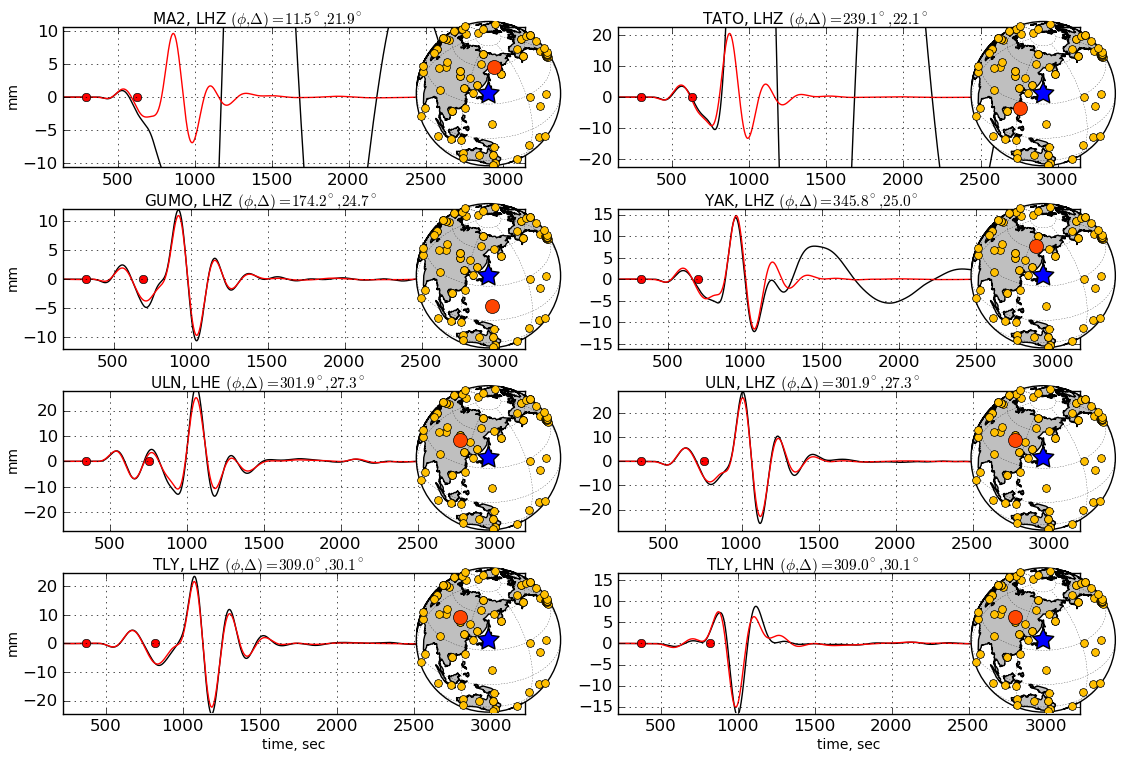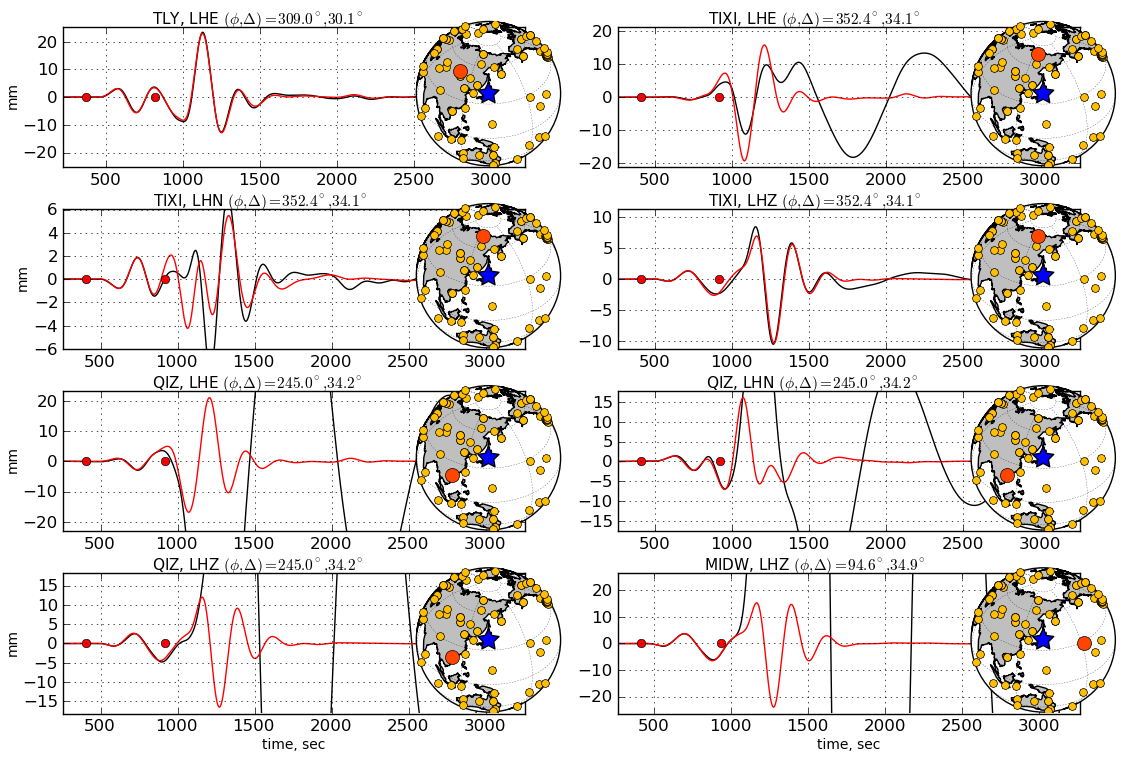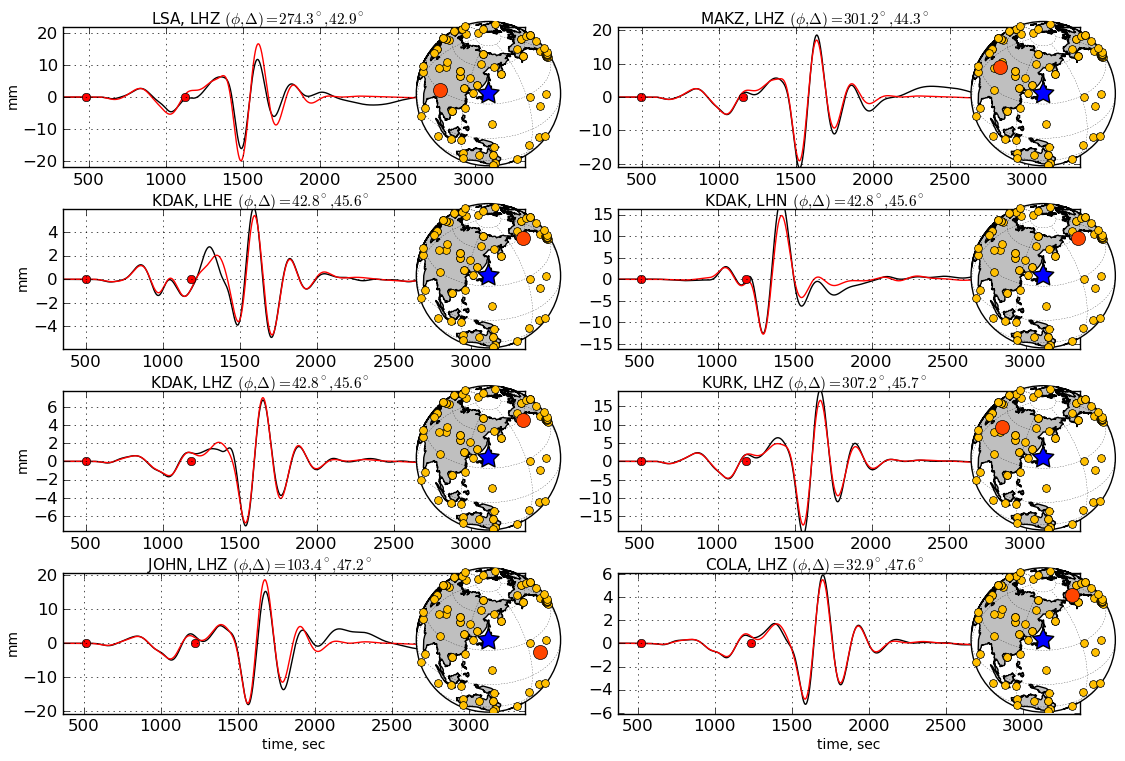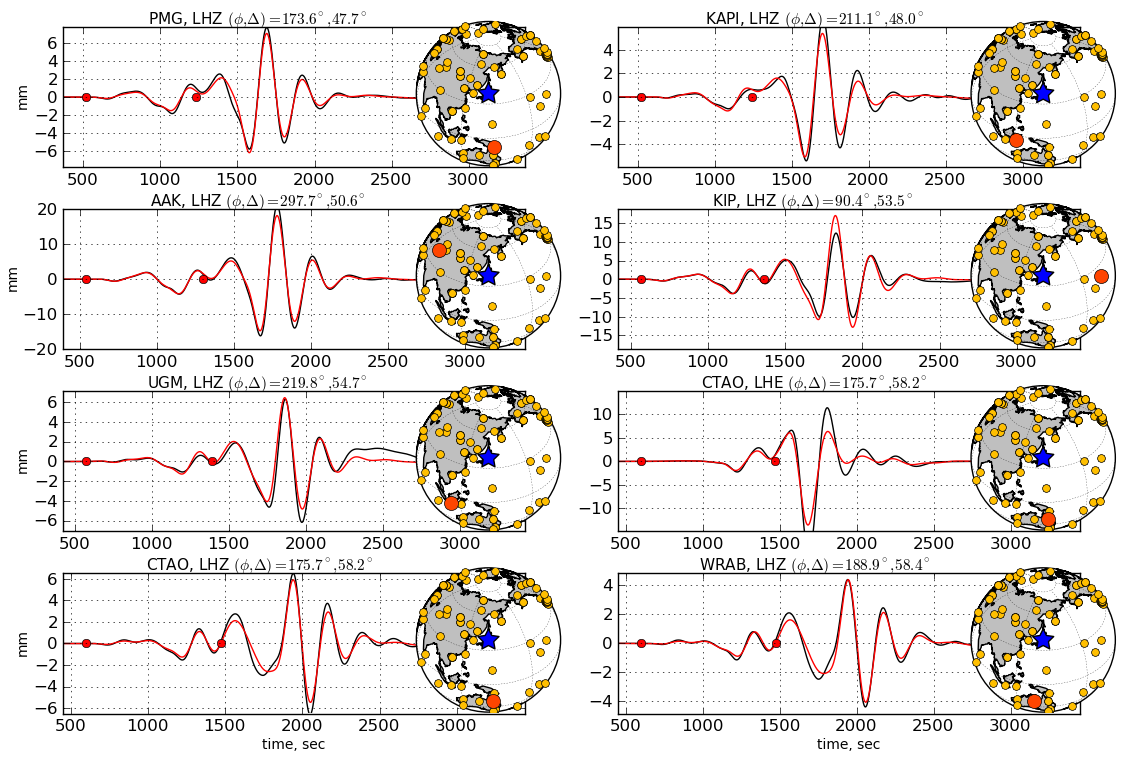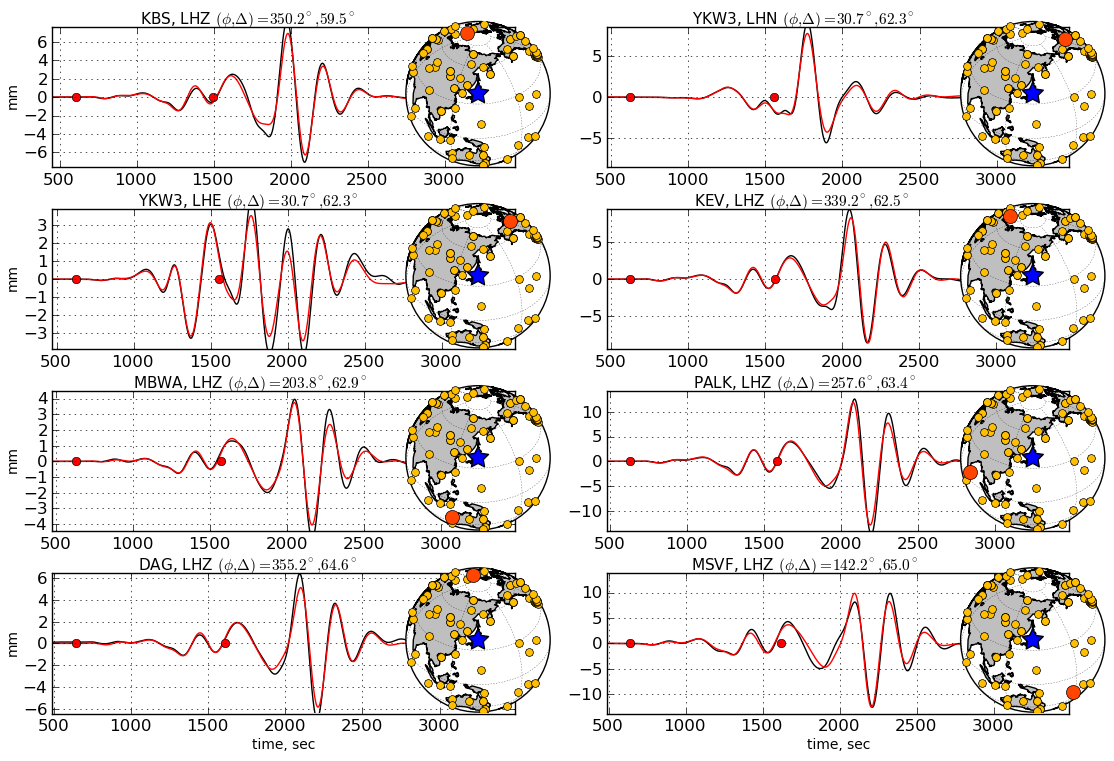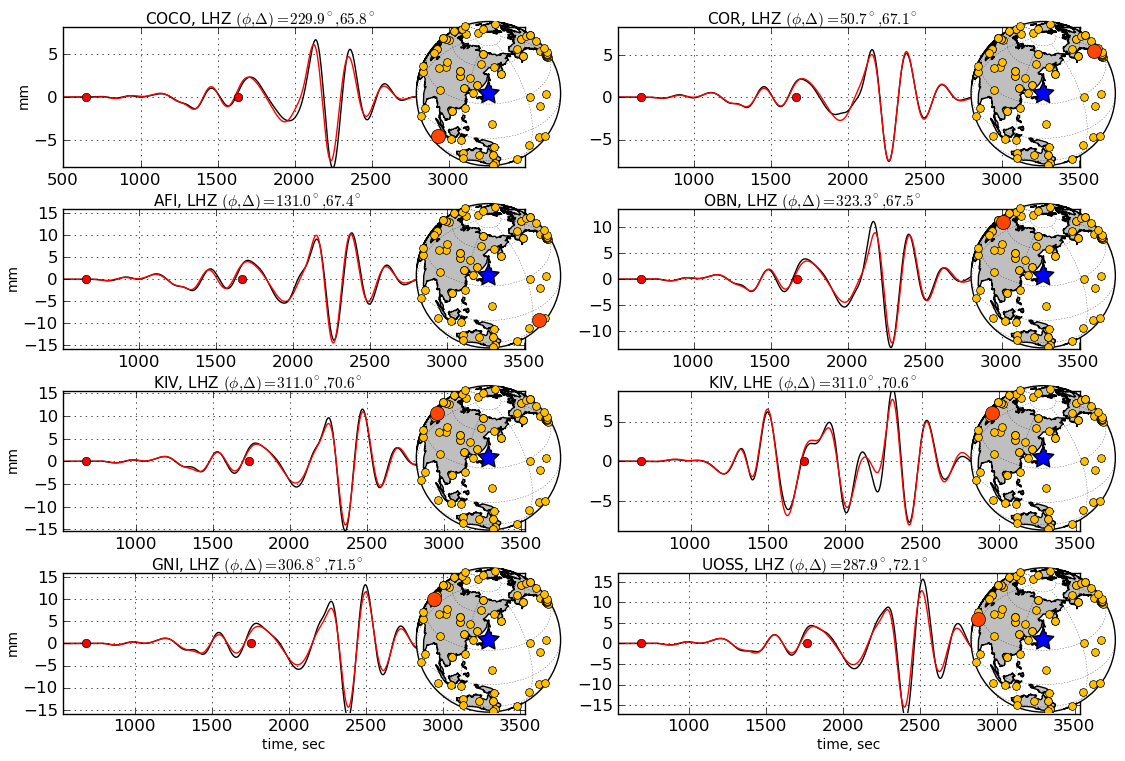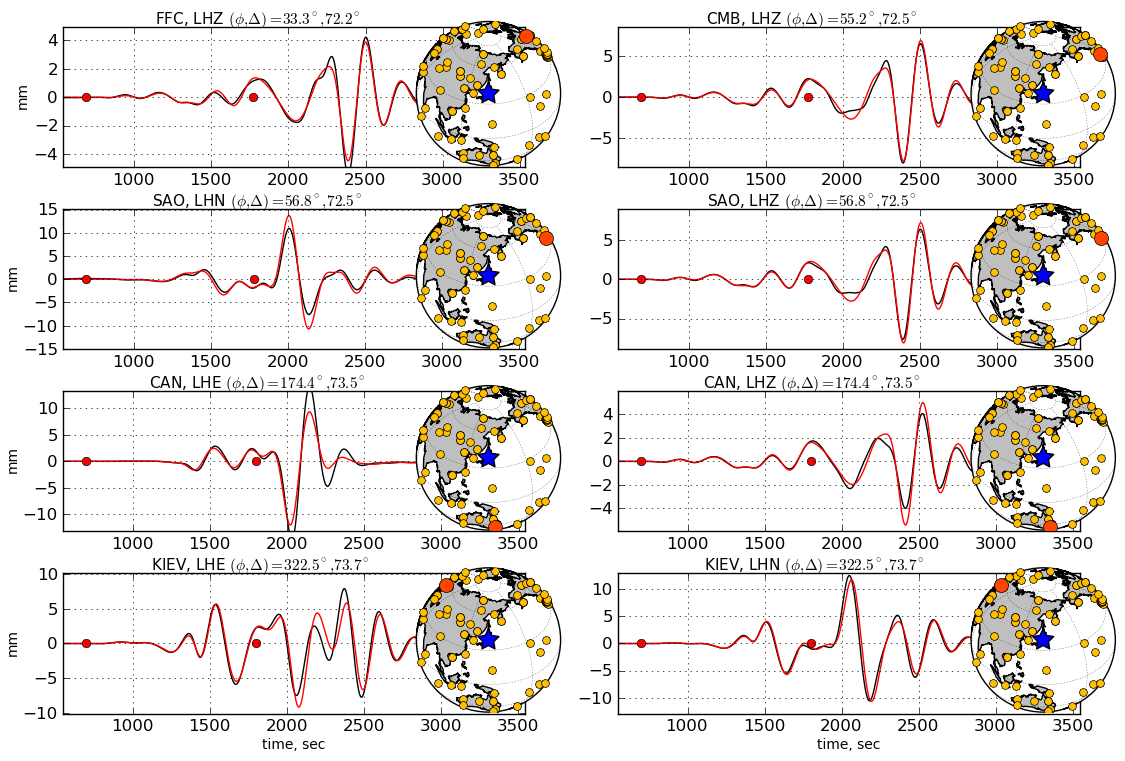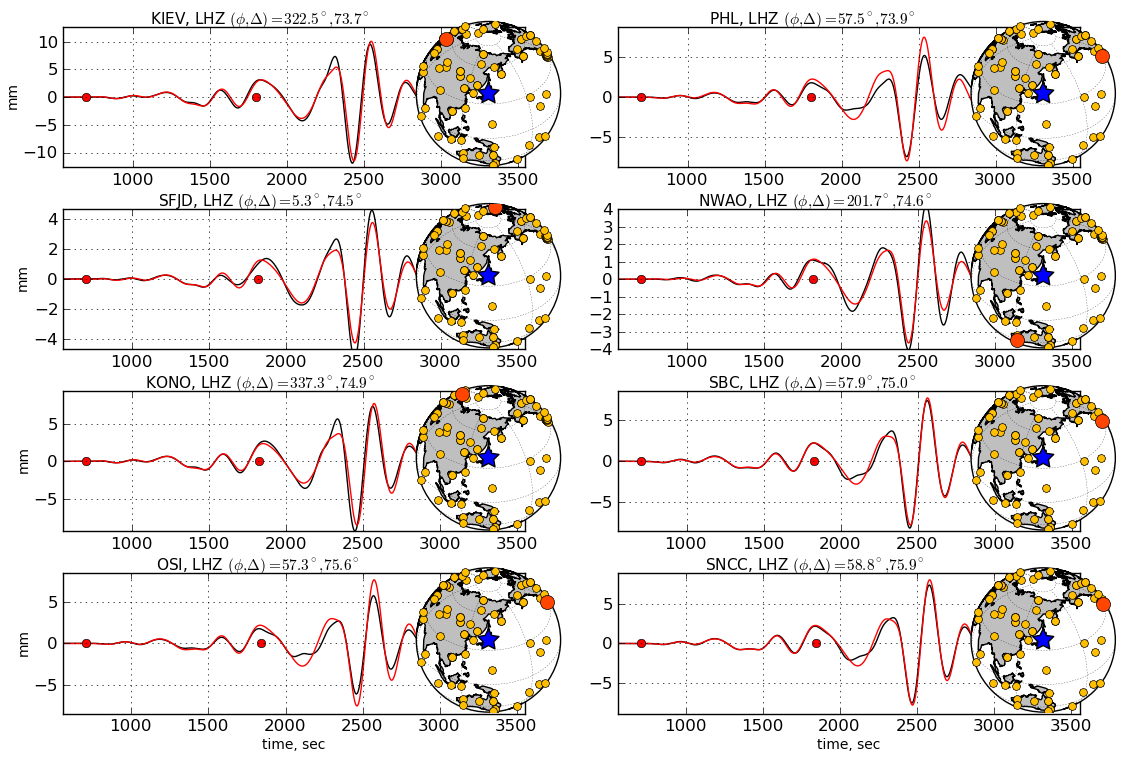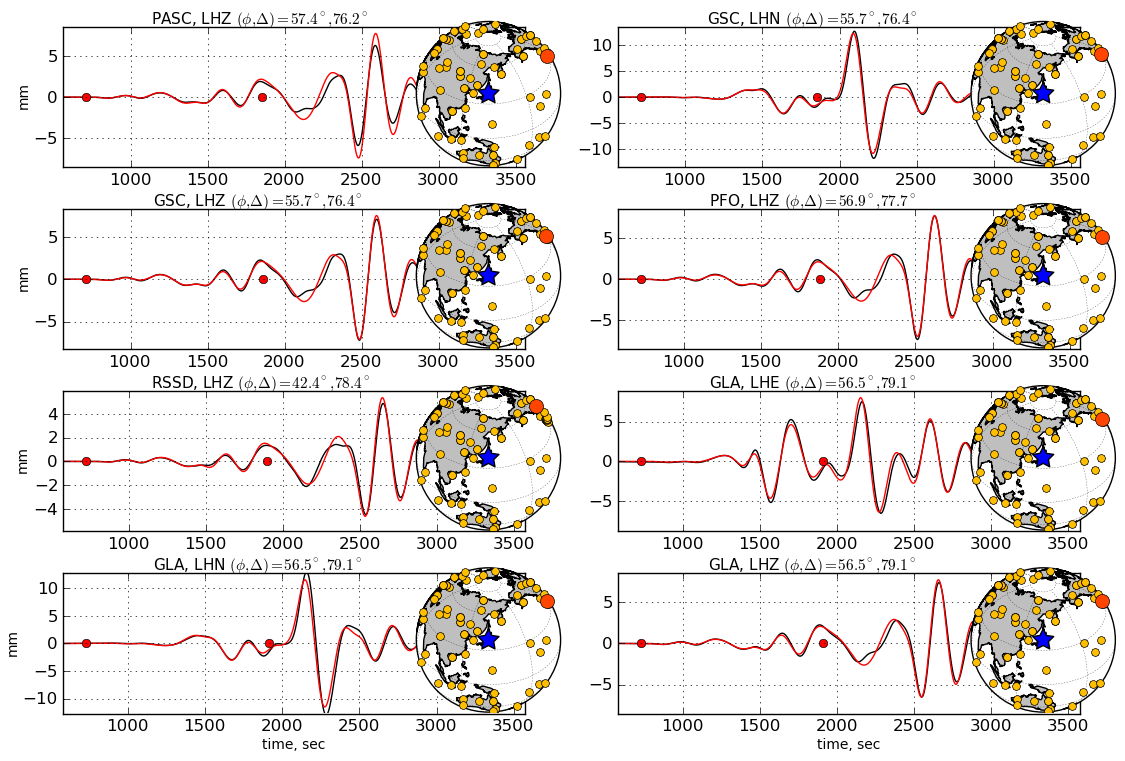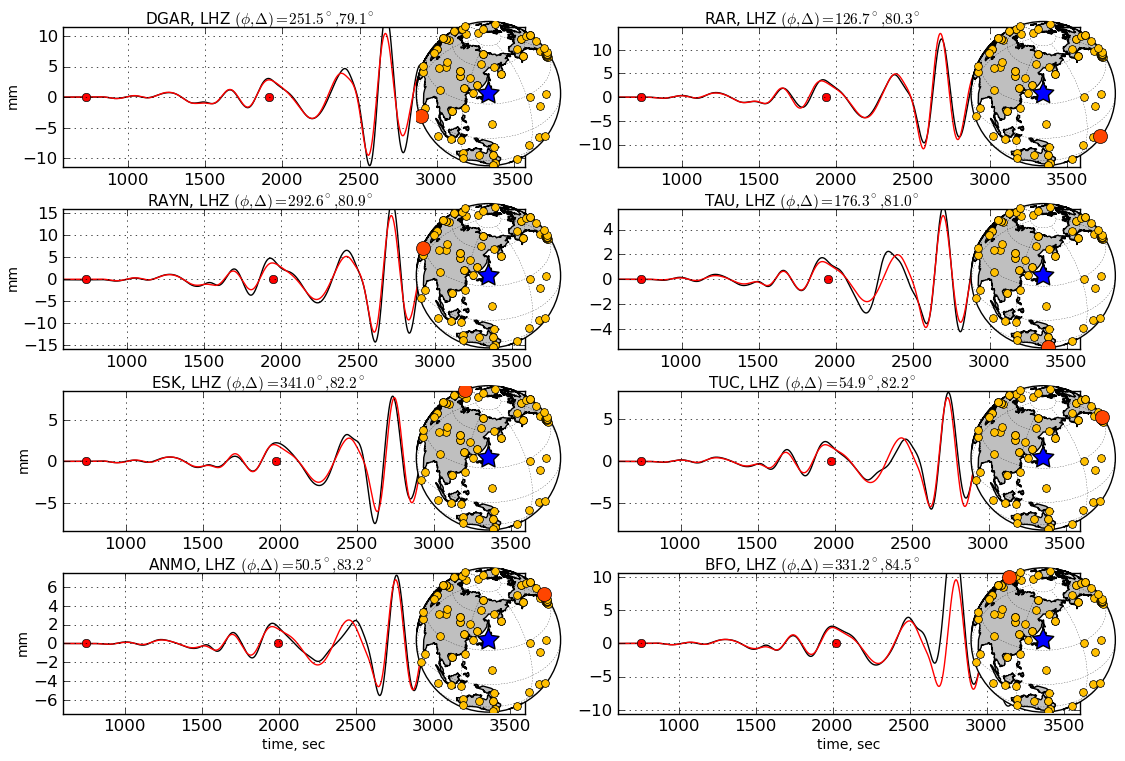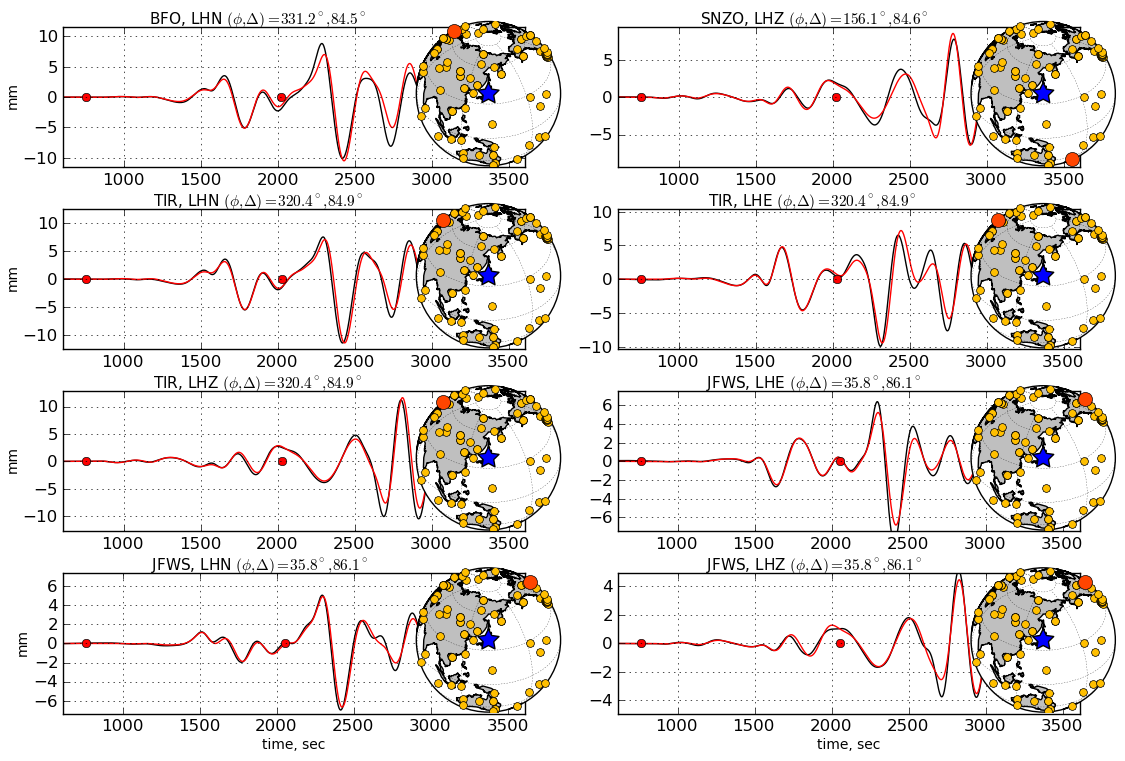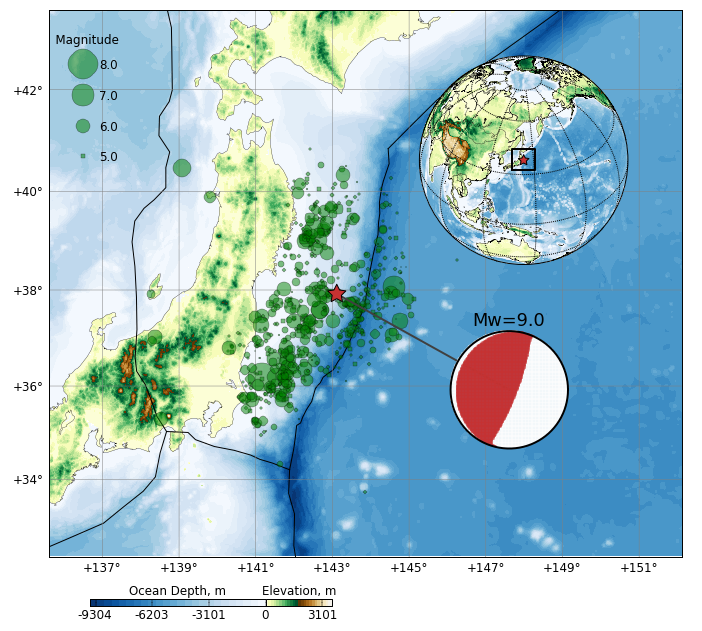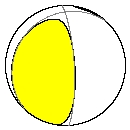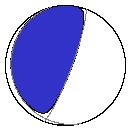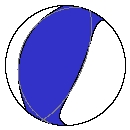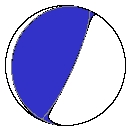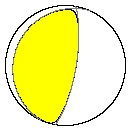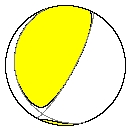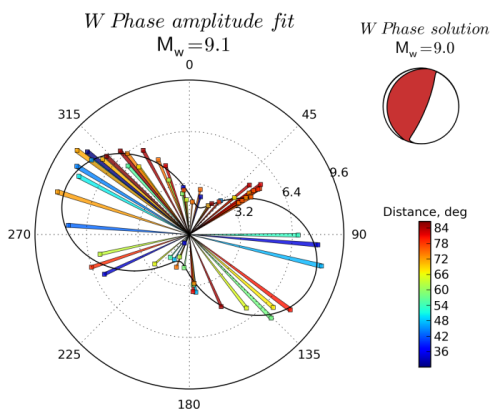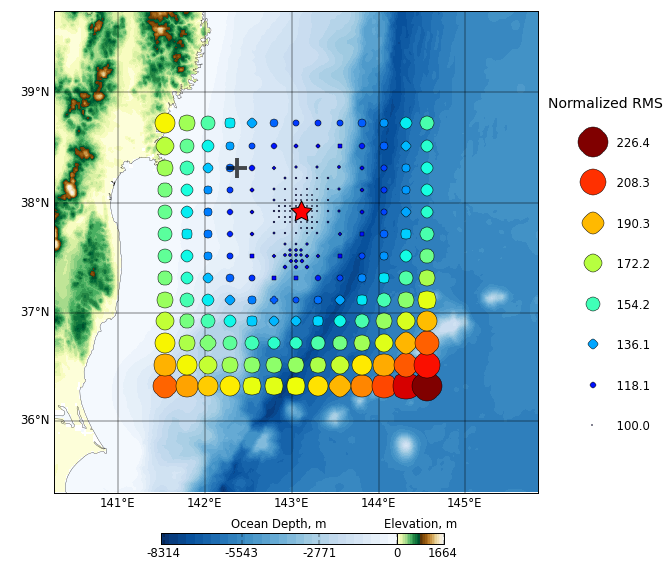Articles
Kanamori, H., 1972. Mechanism of tsunami earthquakes, Phys. Earth Planet Inter.,
6, 356-359.
Kanamori, H. & Rivera, L., 2008. Source inversion of W phase: speeding tsunami
warning, Geophys. J. Int., 175, 222-238.
Hayes, G., Rivera, L. & Kanamori, H., 2009. Source inversion of the W phase:
real-time implementation and extension to low magnitudes, Seismol. Res. Let.,
3, 800-805.
Duputel, Z., Rivera, L., Kanamori, H., Hayes, G.P., Hirsorn, B. &
Weinstein, S., 2011. Real-time W Phase inversions during the 2011
Tohoku-oki earthquake, Earth, Planets and Space, 63, 535-539.
Z. Duputel, L. Rivera, H. Kanamori, G. Hayes, 2012.
W-phase fast source inversion for moderate to large earhquakes
(1990 - 2010), Geophys. J. Int., 189, p. 1125-1147.
|
Data sources
IRIS Data Management System, and specifically
the IRIS Data Management Center, were used for
access to waveform and metadata required in
this study (http://www.iris.edu).
Global Seismographic Network (GSN) is a
cooperative scientific facility operated
jointly by the Incorporated Research
Institutions for Seismology (IRIS), the United
States Geological Survey (USGS), and the
National Science Foundation (NSF).
(http://www.iris.edu/hq/programs/gsn).
Geoscope operated by the Institut de Physique
du Globe de Paris (IPGP) and the Ecole et
Observatoire des Sciences de la Terre (EOST)
(http://geoscope.ipgp.fr).
The GEOFON network funded and operated by GFZ
Potsdam, Germany, in co-operation with almost
50 institutions worldwide.
(http://geofon.gfz-potsdam.de/geofon).
The Mediterrean Network (MedNet) mantained by
INGV in cooperation with many geophysical
institutes.
(http://mednet.rm.ingv.it).
Northern California Earthquake Data Center
operated by Berkeley Seismological Laboratory
and USGS (http://www.ncedc.org).
Southern California Seismic Network operated
by Caltech and USGS
(http://www.scsn.org).
Canadian National Seismograph Network (CNSN)
mantained by the Geological Survey of Canada
(http://earthquakescanada.nrcan.gc.ca).
|

